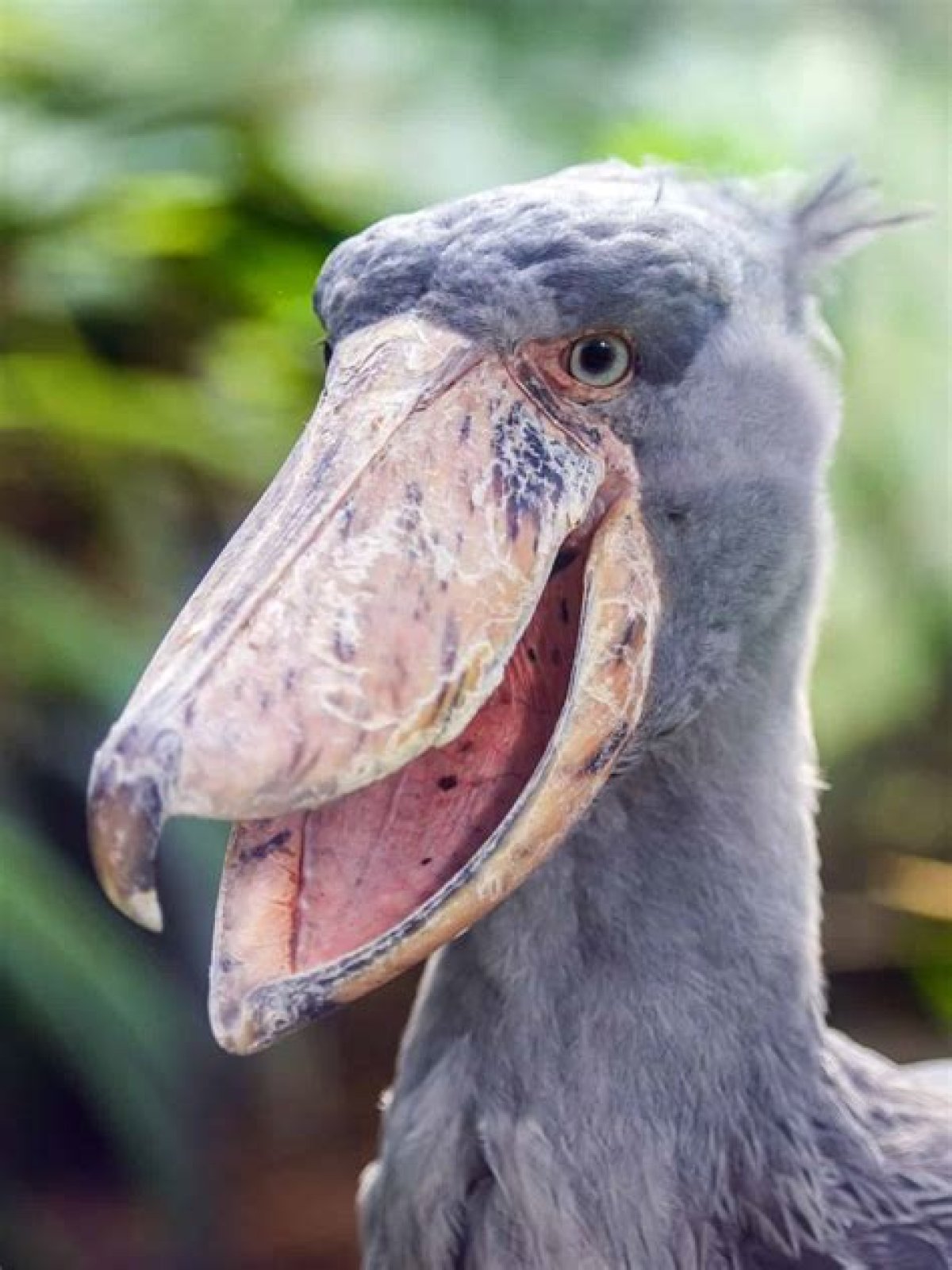Scary animals can evoke a mix of fascination and fear in people around the globe. These creatures, often portrayed in horror movies and folklore, have unique characteristics that make them both intriguing and terrifying. From venomous snakes to massive predators, our world is filled with animals that can send shivers down your spine. In this article, we will explore various scary animals, their habitats, behaviors, and the reasons they inspire fear.
Not only will we delve into the biology and ecology of these fearsome creatures, but we'll also discuss how understanding them can help demystify the fear surrounding them. By gaining insight into their roles in the ecosystem, we can appreciate their existence and understand the importance of conservation efforts. Join us as we journey through the world of scary animals and uncover the truth behind their menacing reputations.
Whether you're an animal lover or someone who is simply curious about the natural world, this article aims to provide you with a comprehensive understanding of scary animals. We will emphasize the principles of expertise, authoritativeness, and trustworthiness (E-E-A-T), ensuring the information presented is reliable and well-researched.
- Table of Contents
- 1. What Makes an Animal Scary?
- 2. The Most Scary Animals in the World
- 2.1 Venomous Creatures
- 2.2 Predators and Their Prey
- 3. Scary Animals in Folklore and Mythology
- 4. The Role of Scary Animals in Ecosystems
- 5. Conservation and Scary Animals
- 6. How to Overcome the Fear of Scary Animals
- 7. Conclusion
Table of Contents
1. What Makes an Animal Scary?
When it comes to defining what makes an animal scary, several factors come into play. These include physical appearance, behavior, and the potential danger they pose to humans and other animals. Here are some key attributes that contribute to an animal's scary reputation:
- Appearance: Animals with unusual features, such as sharp teeth, spiky scales, or bright coloration, often evoke fear.
- Behavior: Aggressive or unpredictable behavior can make an animal seem more frightening.
- Myths and Misconceptions: Cultural beliefs and stories can amplify fears surrounding certain animals.
2. The Most Scary Animals in the World
From the depths of the ocean to the jungles of the Amazon, scary animals inhabit various ecosystems. Below, we explore some of the most notorious creatures known for their terrifying traits.
2.1 Venomous Creatures
Venomous animals are often at the top of the list when it comes to scary creatures. Their ability to deliver a potent toxin can instill fear in many. Here are a few examples:
- Box Jellyfish: Known for its painful sting, the box jellyfish is one of the most venomous creatures in the ocean.
- Stonefish: This fish is well-camouflaged and has venomous spines that can cause excruciating pain.
- Black Widow Spider: The bite of a black widow can be deadly, making it one of the most feared spiders.
2.2 Predators and Their Prey
Predatory animals also strike fear into the hearts of many due to their hunting prowess. Here are a few notable examples:
- Tigers: As apex predators, tigers are powerful and stealthy hunters.
- Great White Sharks: These sharks are often portrayed as ruthless predators in movies.
- Grizzly Bears: Known for their size and strength, grizzly bears can be formidable when threatened.
3. Scary Animals in Folklore and Mythology
Throughout history, cultures have created myths and legends surrounding scary animals. These stories often exaggerate the animal's traits and instill a sense of fear. Here are a few examples:
- Dragons: Often depicted as fire-breathing monsters, dragons are a staple in many mythologies.
- Chupacabra: A creature from Latin American folklore, the chupacabra is said to prey on livestock.
- Wendigo: This mythical creature from Algonquian folklore is associated with cannibalism and winter.
4. The Role of Scary Animals in Ecosystems
Despite their frightening reputations, scary animals play crucial roles in maintaining ecological balance. Here are some points to consider:
- Predators help control prey populations, preventing overgrazing and maintaining plant health.
- Venomous creatures can help regulate populations of other animals and insects.
- Many scary animals contribute to biodiversity, which is essential for healthy ecosystems.
5. Conservation and Scary Animals
Many scary animals are threatened due to habitat loss, poaching, and climate change. Conservation efforts are vital for their survival. Here are a few initiatives:
- Establishing protected areas to preserve habitats.
- Raising awareness about the importance of these animals in ecosystems.
- Implementing breeding programs for endangered species.
6. How to Overcome the Fear of Scary Animals
Fear of scary animals can be managed through education and exposure. Here are some strategies:
- Learn about the animal's behavior and ecological role to demystify it.
- Engage with nature through guided tours or educational programs.
- Practice mindfulness and stress-reduction techniques to cope with fear.
7. Conclusion
In conclusion, scary animals have a significant presence in our world, both in nature and in our cultural narratives. By understanding their behaviors, ecological roles, and the myths surrounding them, we can foster a sense of appreciation rather than fear. It is essential to recognize the importance of conserving these creatures and their habitats for future generations.
If you found this article insightful, consider leaving a comment below or sharing it with friends. For more fascinating content about the natural world, check out our other articles!
Thank you for joining us on this exploration of scary animals. We hope to see you again soon!
Karen Hairstyles: The Ultimate Guide To Chic And Trendy LooksThe Iconic Singers Of The 1980s: A Comprehensive OverviewExploring The Life And Career Of Jillian Wisniewski
